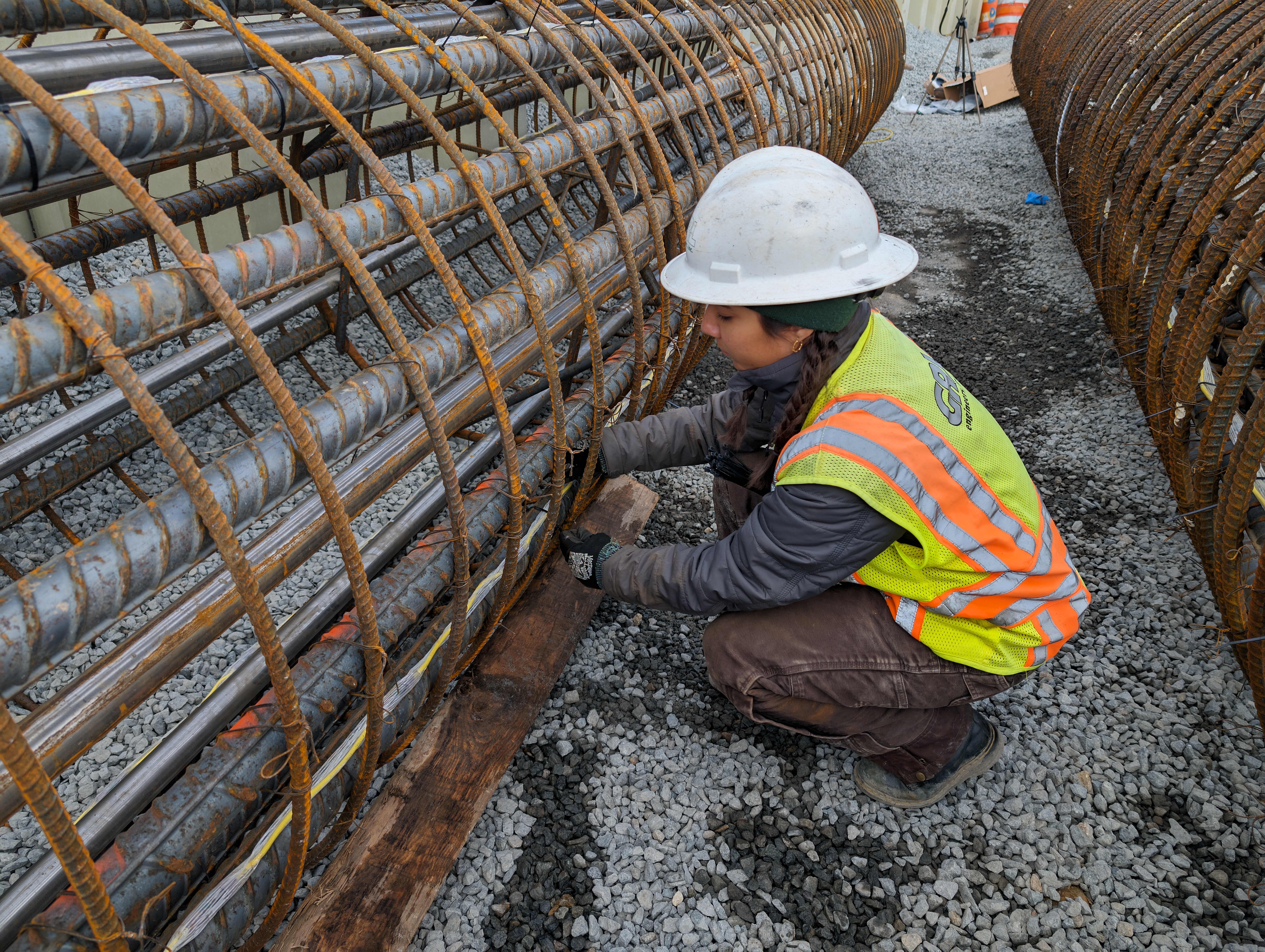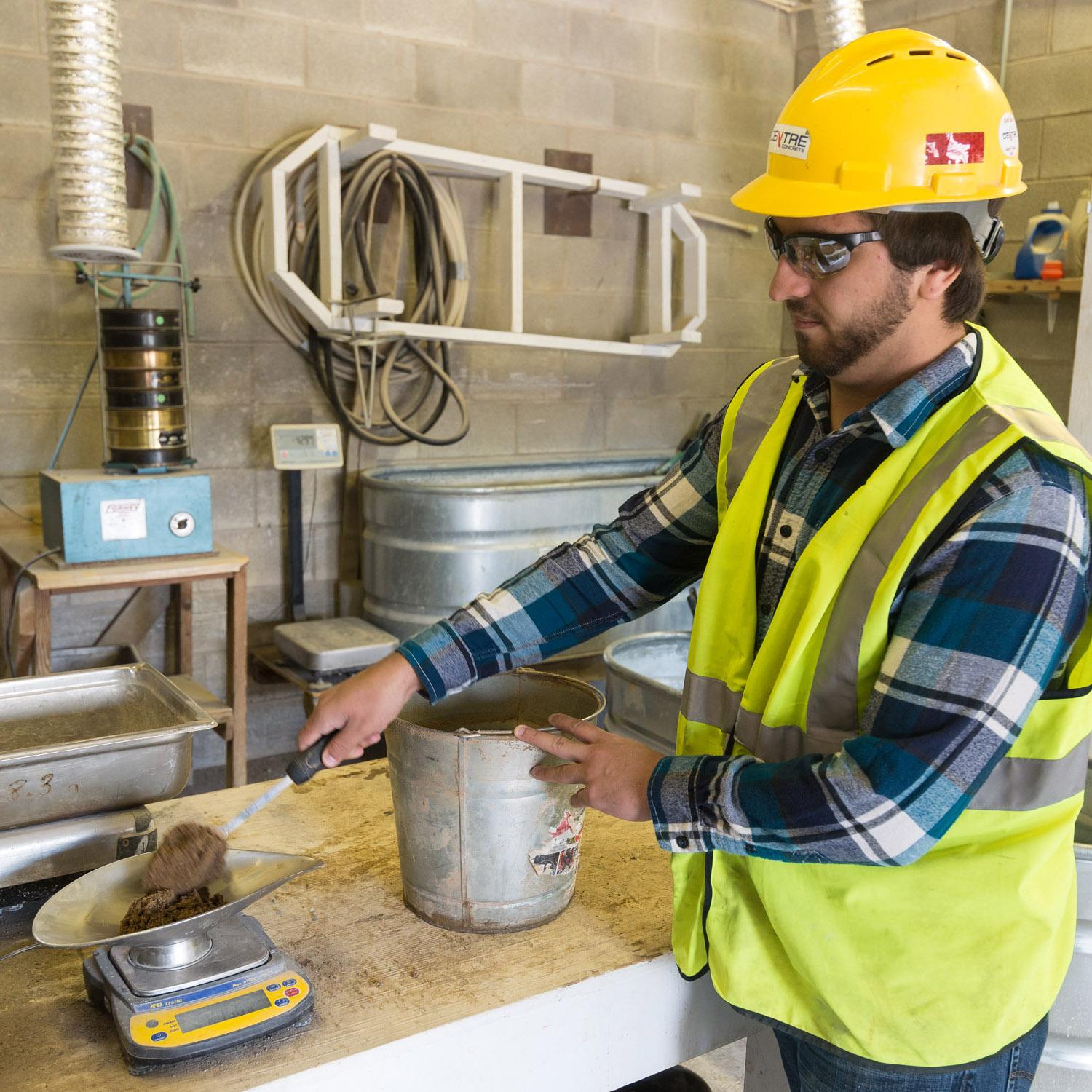The Vital Role of Concrete Foundation in Structural Integrity and Long Life
When it comes to constructing a property, the structure is a lot more essential than you could believe. Concrete structures supply unequaled toughness and toughness, guaranteeing your framework can stand up to various ecological challenges. Without a strong base, you risk prospective problems like changing or splitting, which can endanger security and value. Comprehending the subtleties of concrete structures could be the secret to protecting your financial investment for several years to find. So, what should you take into consideration next?
Comprehending the Relevance of Concrete Foundations
Concrete structures are important to the overall stability of any type of structure, as they supply the necessary assistance needed to withstand various lots and environmental problems. When you consider developing a home or a business space, the foundation is the first thing you ought to think about. It works as a barrier against moisture, safeguarding your residential or commercial property from water damages. A well-placed concrete foundation additionally prevents settling and shifting, which can lead to cracks in walls and floors. You'll want to ensure that the foundation is effectively made and strengthened, as this influences the longevity of your structure. Additionally, a strong foundation can improve power effectiveness by minimizing air leakages. Keep in mind, neglecting the value of a concrete structure can cause expensive repair work down the line. Investing in a top quality structure upfront is vital for the stability and resilience of your structure.
Advantages of Concrete Foundations for Structural Integrity
While several variables add to a building's architectural stability, concrete foundations supply unequaled durability and toughness. You'll value that concrete can endure extreme weather, resisting both dampness and temperature variations. This strength indicates your framework is less likely to experience fracturing or shifting with time, which can jeopardize its safety.Additionally, concrete's intrinsic weight gives a solid base, avoiding activity during natural events like quakes or floodings. When you pick a concrete foundation, you're also choosing reduced maintenance; unlike wood, it will not rot or bring in bugs, saving you time and money in repairs.Moreover, concrete's fire resistance provides included security, ensuring your framework can endure heats without significant damages. On the whole, spending in a concrete foundation suggests you're prioritizing the lasting security and honesty of your structure, making it a sensible option for any kind of building job.
Usual Kinds of Concrete Foundations
When it involves building foundations, recognizing the common kinds of concrete structures can assist you make informed selections for your project. One of the most prevalent types include slab-on-grade, crawl space, and full cellar foundations.A slab-on-grade structure is a straightforward, cost-efficient alternative, where a thick concrete piece is poured straight on the ground. This type works well in warm environments, as it lessens warmth loss.Crawl space structures elevate the home somewhat above ground, permitting air flow and access to pipes and electric systems. This design can help prevent wetness issues.Full cellar foundations use additional living or storage room while providing exceptional architectural support. They require even more excavation and are typically utilized in chillier environments to stop frost heave.
Aspects to Consider When Designing a Concrete Structure

Best Practices for Setting Up Concrete Foundations
When you're setting up a concrete structure, correct site prep work is necessary to guarantee security (West Coast General Engineering Concrete). You'll additionally require to understand reinforcement techniques to boost stamina and durability. Do not neglect the curing process, as it plays an essential function in attaining a solid foundation.
Site Prep Work Importance
Although it might appear straightforward, appropriate website preparation is important for ensuring a strong and long lasting concrete structure. Beginning by removing the location of any type of particles, greenery, or organic material that could compromise the structure's integrity. Next off, assess the dirt kind and compaction; you could need to dig deep into or add materials to develop a secure base. Degree the ground to ensure even weight circulation and stay clear of settling concerns in the future. Installing proper drain systems is additionally necessary to stop water build-up, which can damage the structure with time. Ultimately, mark out the structure's dimensions precisely to guide the putting process. By adhering to these steps, you'll establish the phase for a successful concrete structure that stands the test of time.
Support Strategies Explained
Once the website is appropriately prepared, the following action in assuring a tough concrete foundation includes carrying out effective reinforcement methods. You should begin by making use of steel rebar, which supplies tensile toughness and helps prevent breaking. Lay the rebar in a grid pattern, seeing to it it rises using spacers to preserve appropriate insurance coverage. Furthermore, think about utilizing wire mesh for added assistance, particularly in locations based on hefty loads. Do not neglect to connect the rebar crossways firmly with cable. For larger structures, fiber support can boost toughness, lowering the risk of contraction fractures. Constantly adhere to neighborhood building regulations and guidelines to ensure conformity. By applying these support methods, you'll substantially enhance Read Full Article your structure's stamina and durability, laying a solid foundation for your framework.
Curing Process Fundamentals
To guarantee your concrete foundation treatments correctly, it's crucial to preserve appropriate wetness and temperature problems promptly after pouring. Begin by covering the surface with a wet cloth or plastic bed linen to maintain dampness. This keeps the concrete hydrated, preventing splits and making certain toughness. You should also keep track of the temperature; perfect treating problems are in between 50 ° F and 90 ° F. If it's as well hot, haze the surface area frequently to avoid rapid dissipation. For winter, take into consideration making use of insulating blankets to keep warmth. Go for a curing period of at least seven days, as this is check here essential for optimal stamina development. By adhering to these finest methods, you'll improve your foundation's resilience and long life, making sure structural integrity for years to find.
Maintenance of Concrete Structures for Long Life
To maintain your concrete structure solid and enduring, regular inspections are vital. You must also guarantee efficient drain remedies remain in location to avoid water damages. If you detect any fractures, resolving them promptly will conserve you from bigger problems down the line.

Routine Examinations and Evaluations
While regular evaluations and evaluations may appear like a chore, they're important for keeping the honesty of your concrete foundation. By consistently looking for cracks, shifts, or signs of wear, you can catch possible concerns prior to they rise right into costly repair services. Search for any type of water pooling around the structure or uncommon settling, as these can indicate underlying problems. It's likewise wise to check any type of adjustments in your home's framework, like doors that stick or windows that do not open efficiently. Keeping a document of your examinations assists track modifications in time, permitting for positive upkeep. Ultimately, these analyses ensure your foundation continues to be steady, supporting the long life and safety of your whole framework. Don't ignore this vital aspect of homeownership!
Reliable Drainage Solutions
Regular inspections can disclose concerns like drain issues that could compromise your concrete foundation's security. To stop water accumulation, assure your gutters and downspouts straight water far from the foundation. Installing French drains can successfully redirect surface and groundwater, minimizing stress on your foundation walls. In addition, grading the dirt around your home helps guarantee that water streams away, instead of merging near your foundation.Consider making use of sump pumps in locations vulnerable to flooding, as they actively eliminate excess water. Frequently examine for clogs in drainage systems and clear them quickly. You'll safeguard your structure's stability and durability by taking these aggressive steps. Keep in mind, reliable drainage services are crucial additional hints for keeping a solid, sturdy concrete structure.
Trigger Crack Repairs
When you notice cracks in your concrete foundation, resolving them without delay is crucial for keeping its long life. Little fractures can rapidly evolve right into larger issues, compromising the architectural honesty of your home. Consistently check your foundation for signs of damages, such as straight or vertical cracks. If you identify any type of, don't wait-- fix them quickly. You can make use of epoxy injections or concrete patching compounds, which work for securing cracks. Constantly comply with the producer's instructions and consider consulting a specialist for considerable damage. Bear in mind, timely repairs not just enhance your structure's toughness but likewise conserve you cash in the future by stopping a lot more substantial repair work down the line. Stay proactive, and your structure will continue to be strong and secure.
Addressing Usual Issues With Concrete Structures
Concrete foundations can deal with numerous concerns gradually, making it important to identify and resolve them without delay. One of the most usual issues is breaking, which can take place because of temperature variations or clearing up dirt. If you notice fractures, it's important to evaluate their size and deepness; little splits can commonly be sealed, while bigger ones may call for professional evaluation.Water breach is another major worry. Excess dampness can bring about mold development and architectural degeneration. Guarantee appropriate drainage around your structure to mitigate this risk. Furthermore, try to find indications of shifting or bowing walls, as this can suggest underlying issues with your structure's stability.Regular inspections are essential to capture these troubles early. If you spot any worrying indicators, do not hesitate to speak with a foundation professional. By staying positive, you can maintain the stability and long life of your concrete structure, guaranteeing your home stays secure and protected.
Often Asked Inquiries
How Does Soil Type Influence Concrete Structure Performance?
Soil type considerably influences concrete structure performance. If you've got expansive clay, for instance, it can cause moving and splitting. Sandy dirt may cause working out. Understanding your soil aids guarantee a stable foundation.
Can Concrete Foundations Be Repaired if Damaged?
Yes, you can repair damaged concrete foundations. Depending upon the degree of the damage, strategies like epoxy shot or slab jacking can restore stability. It's best to speak with an expert for efficient options.
What Is the Normal Life Expectancy of a Concrete Structure?
A concrete foundation normally lasts 30 to 100 years, depending on variables like soil conditions, environment, and maintenance. You'll wish to watch on it to guarantee it stays healthy throughout its life expectancy.
Exist Option Materials to Concrete for Foundations?
Yes, there are choices to concrete for foundations, like steel, hardwood, or even recycled products. Each alternative has one-of-a-kind advantages and disadvantages, so you ought to consider your project's specific requirements when selecting the best product.
Exactly How Does Environment Impact Concrete Structure Resilience?
Climate significantly impacts concrete structure sturdiness (Concrete Contractors Rancho Cucamonga). Severe temperatures, moisture, and freeze-thaw cycles can deteriorate the product, leading to cracks and architectural problems. You need to take into consideration local climate conditions when intending your foundation to assure lasting performance